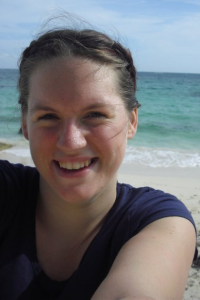Following on from Mel Auker’s report on her visit to Japan for the The IAVCEI Scientific Assembly, Bristol PhD students Kate Hibbert and Sorcha McMahon tell us about their recent trip to Florence for Goldschmidt 2013.
What? The annual Goldschmidt conference is a major geochemistry conference, alternating between Europe and North America each year. With over 4,000 delegates from all over the world attending, this year’s gathering consisted of 22 themes, and many sessions within. Topics varied from the geochemistry of bottled water, to a Martian origin for life on Earth, with a new Volcanoes and Hazards session added this year. Talks were given all day every day, with poster sessions and refreshments each evening. Many social events were offered too, including a cheese and wine evening, film showings and a conference banquet.
When? The conference was from the 25th – 30th August, 2013, and started with an icebreaker on Sunday 24th.
Where? Florence, Italy. The conference was held in the Firenze Fiera Congress and Exhibition Centre, just a few minutes walk from the city centre. [Read More]




